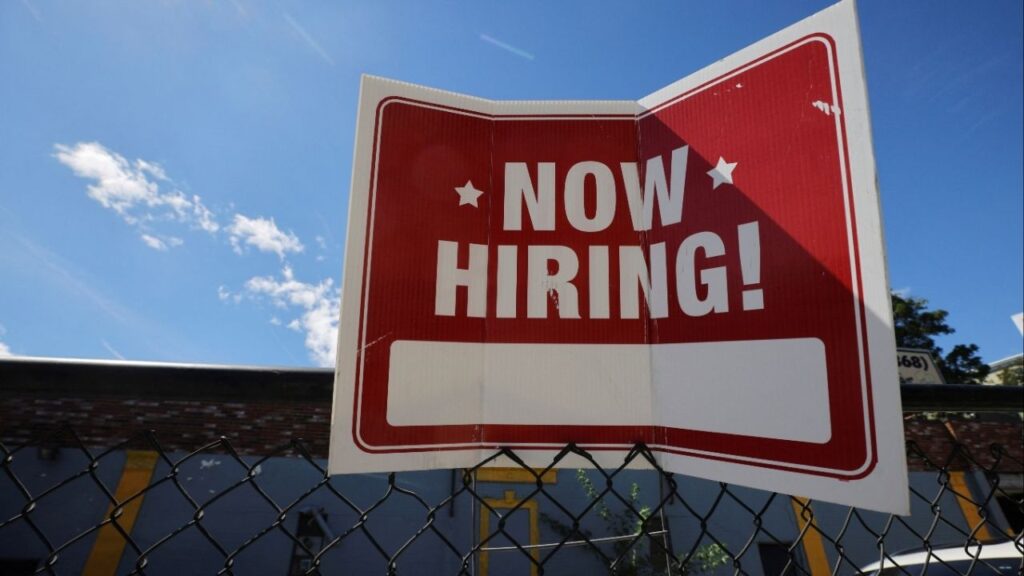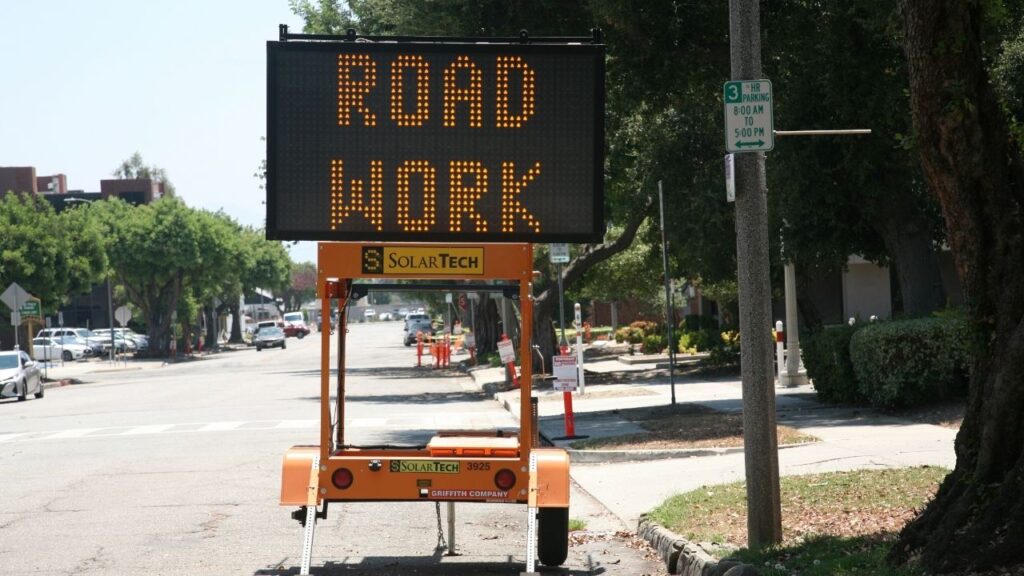California's stagnant population threatens its political influence as demographic shifts point to the potential loss of five congressional seats after the 2030 census. (AP File)

- Population decline and stagnation since 2020 has cost California one congressional seat, with more losses projected for the future.
- The state's remarkable growth in the 1980s, which saw a 25% population increase, has given way to significant outmigration trends.
- Analysis suggests California could lose up to five congressional seats by 2030 as population shifts to red states with growing economies.
Share
|
Getting your Trinity Audio player ready...
|
Kamala Harris could count on winning California’s 54 electoral college votes as she campaigned for president, and the state’s voters delivered. In fact, California’s electoral votes were almost a quarter of the 226 she won nationwide, 44 short of what she needed to defeat Donald Trump.

Dan Walters
CalMatters
Opinion
Simultaneously, however, Harris’s party fell short of regaining control of the House of Representatives, thanks in part to failing to flip as many seats in California as party leaders, such as Speaker Emerita Nancy Pelosi, had hoped.
Those outcomes illustrate the powerful role that the nation’s most populous state plays in determining who controls the federal government.
Looking ahead, however, California’s clout in both presidential and congressional elections — and therefore in the rooms where post-election policy decisions are made — is shrinking. It’s a stark reminder of the old adage that demography drives destiny.
California experienced strong population growth for the first 150 years of the state’s existence, largely due to migration from other states and nations and a high birthrate. The state’s decades-long expansion reached a high point in the 1980s when its population exploded by more than 25%, from 23.8 million to 30 million, due to strong foreign immigration and a new baby boom.
There was a newborn every minute.
The decade’s population growth granted it seven new congressional seats after the 1990 census, increasing from 45 to 52. In 1992, Bill Clinton claimed the state’s 54 electoral votes, becoming only the fourth Democrat to win the state in the 20th century.
Democratic nominees have continued to win California’s electoral votes in every presidential election since, but they could no longer count on a new harvest every decade.
Related Story: With Democracy Supposedly at Stake, California Voters Stayed Away in Droves
Population Decline Threatens Political Influence
Population growth began to slow in the late 1990s, thanks largely to out-migration of Southern California aerospace workers and their families as defense spending dried up after the breakup of the Soviet Union.
It gained one seat after the 2000 census, but population growth stagnated during the 2010 decade, with a net increase of 2.4 million, just 10% of what occurred in the 1980s.
The state lost a congressional seat after the 2020 census, so California now has 52 districts. The COVID-19 pandemic and other factors, such as a declining birthrate and increasing death rate, have led to population stagnation since then.
“California lost 433,000 people between July 2020 and July 2023,” the Public Policy Institute of California calculated. “Most of the loss occurred during the first year of the pandemic and was driven by a sharp rise in residents moving to other states. But fewer births, higher deaths and lower international migration also played a role.”
That’s where we are now: roughly 39 million, a bit under the 2020 census number. But the future looks like slow growth at best, which means the state will likely lose four or more congressional seats, and therefore electoral votes, after the 2030 census.
Related Story: Dems Still Dominate California, but Their Voters Have Drifted to the Right
A 2023 analysis by the liberal Brennan Center estimated that California will lose four seats, while the conservative American Redistricting Project pegged the likely loss at five seats.
It’s a major chunk of a wider shift of population, congressional seats and electoral votes from blue states — New York will also be a big loser — to red states such as Texas and Florida, whose economies are growing smartly and where housing is affordable.
By either 2030 projection, were the 2032 Democratic nominee for president to carry the same states that Harris did this year, he or she would win 12 fewer electoral votes.
Demography is destiny.
About the Author
Dan Walters has been a journalist for nearly 60 years, spending all but a few of those years working for California newspapers. He began his professional career in 1960, at age 16, at the Humboldt Times. CalMatters is a public interest journalism venture committed to explaining how California’s state Capitol works and why it matters. For more columns by Dan Walters, go to calmatters.org/commentary.
Make Your Voice Heard
GV Wire encourages vigorous debate from people and organizations on local, state, and national issues. Submit your op-ed to bmcewen@gvwire.com for consideration.
RELATED TOPICS:
Categories

Valley Crime Stoppers Seeks ID of Man Accused in EECU Fraud Case

Fresno’s New Money Grab?

















